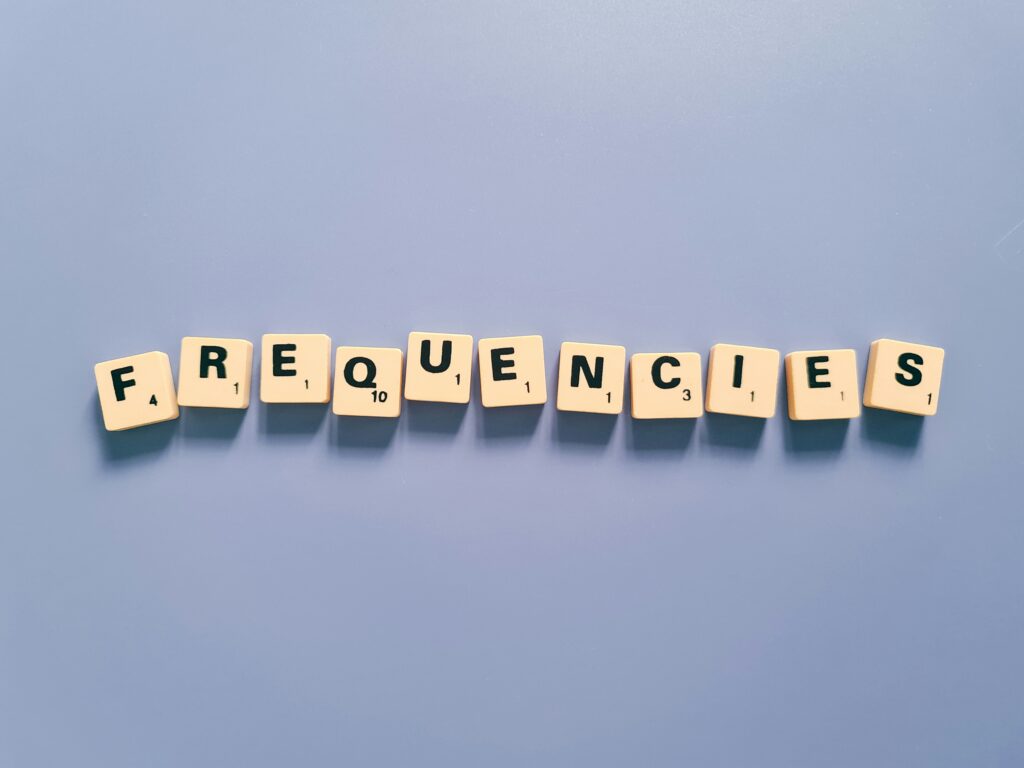As a mixing or mastering engineer, developing a keen sense of hearing is crucial for achieving professional-level results. Training your ears allows you to make accurate judgments about the balance, EQ, and overall quality of your audio. In this article, we will explore five effective ways to train your ears and enhance your mixing and mastering skills.
Engage in Ear Training Exercises
Ear training exercises are specifically designed to improve your ability to identify and analyze different audio elements. These exercises focus on areas such as frequency recognition, equalization, and identifying audio artifacts. Online platforms and mobile apps such as SoundGym offer a wide range of interactive ear training modules that can help you develop a more discerning ear.


Analyze High-Quality Reference Tracks
Listening to professionally produced and mastered tracks across different genres provides a valuable reference point for understanding what a well-balanced mix sounds like. Pay close attention to the clarity, dynamics, and overall sonic characteristics of these tracks. Analyzing reference tracks regularly can train your ears to identify and reproduce similar qualities in your own mixes.
Conduct A/B Listening Tests
A/B listening tests involve comparing different versions of a mix or master to identify subtle differences and improvements. By switching back and forth between versions, you train your ears to discern changes in EQ, dynamics, spatial effects, and overall tonal balance. This exercise helps develop critical listening skills and trains your ears to notice even the most subtle nuances.


Experiment with Different Playback Systems
Listening to your mixes on various playback systems, such as studio monitors, headphones, car speakers, or even smartphone speakers, can provide valuable insights into how your mix translates across different environments. Each system has its own unique characteristics and frequency response, so by testing your mixes on multiple setups, you can identify potential issues and make necessary adjustments for optimal playback on different devices.
Seek Feedback and Collaborate
Collaborating with other audio professionals, musicians, or producers can be a valuable learning experience. Engage in discussions, share your work, and seek feedback from experienced individuals. Their input can provide fresh perspectives and help you identify areas for improvement. Constructive criticism and different viewpoints can greatly enhance your listening abilities and ultimately lead to better mixing and mastering skills.
Conclusion
Training your ears is a continuous process that requires dedication and practice. By engaging in ear training exercises, analyzing reference tracks, conducting A/B listening tests, experimenting with different playback systems, and seeking feedback from others, you can develop a more discerning ear and improve your mixing and mastering abilities. Remember that consistent practice and exposure to a variety of audio material are key to honing your critical listening skills and achieving professional-level results in your mixes and masters.